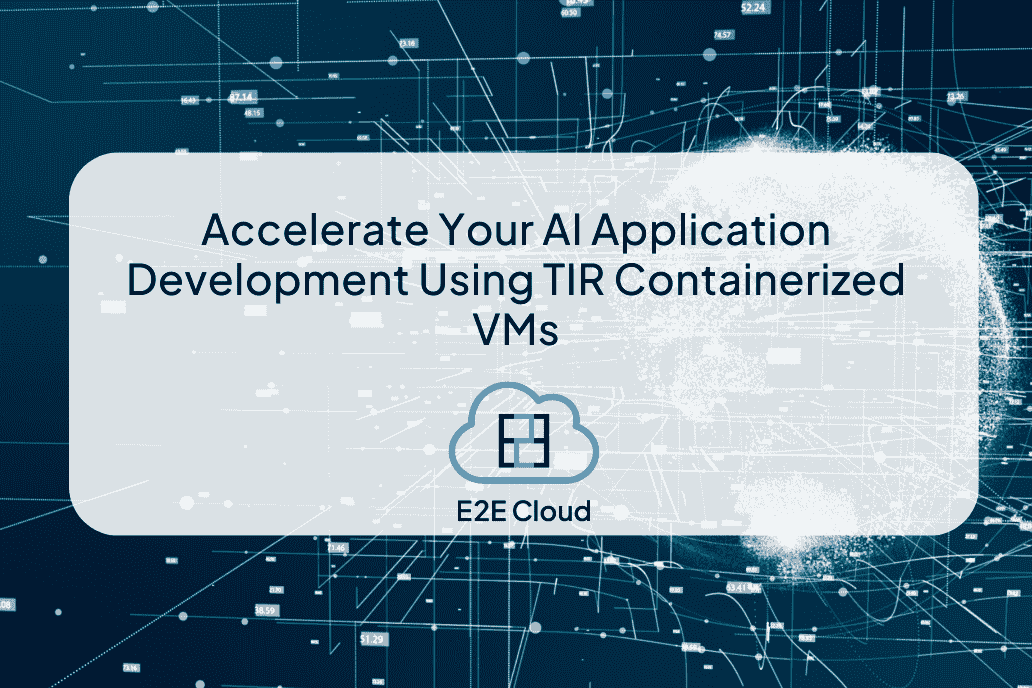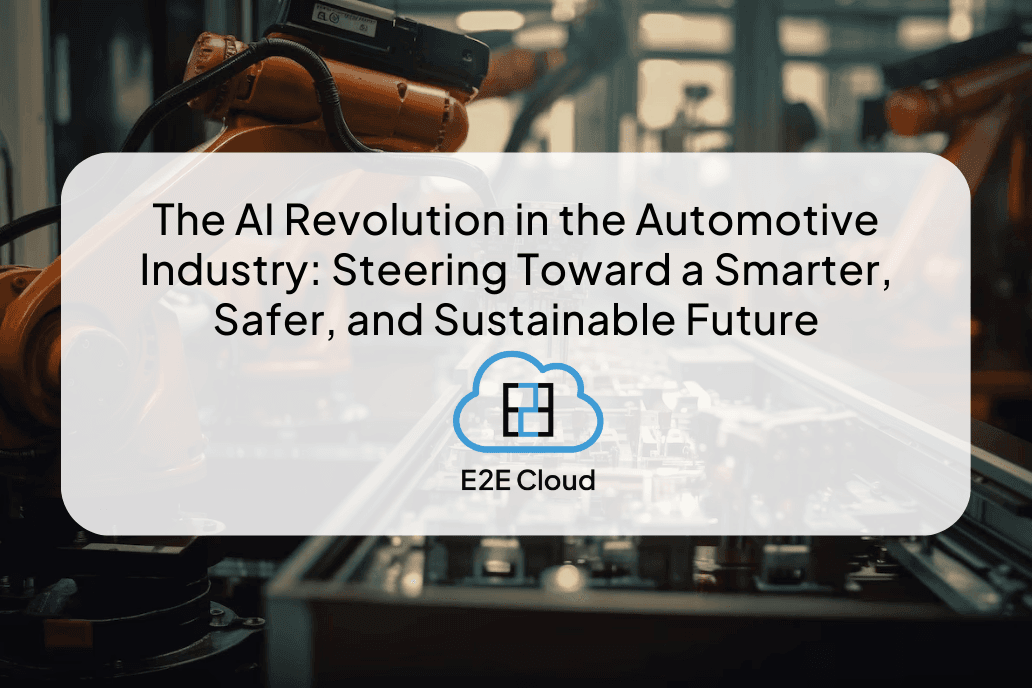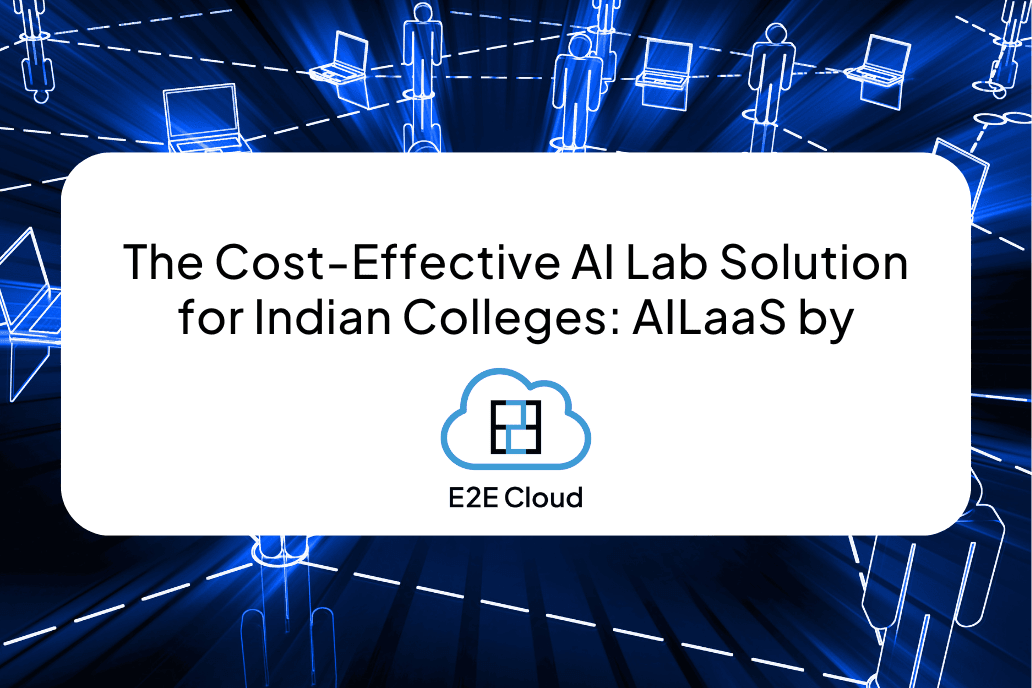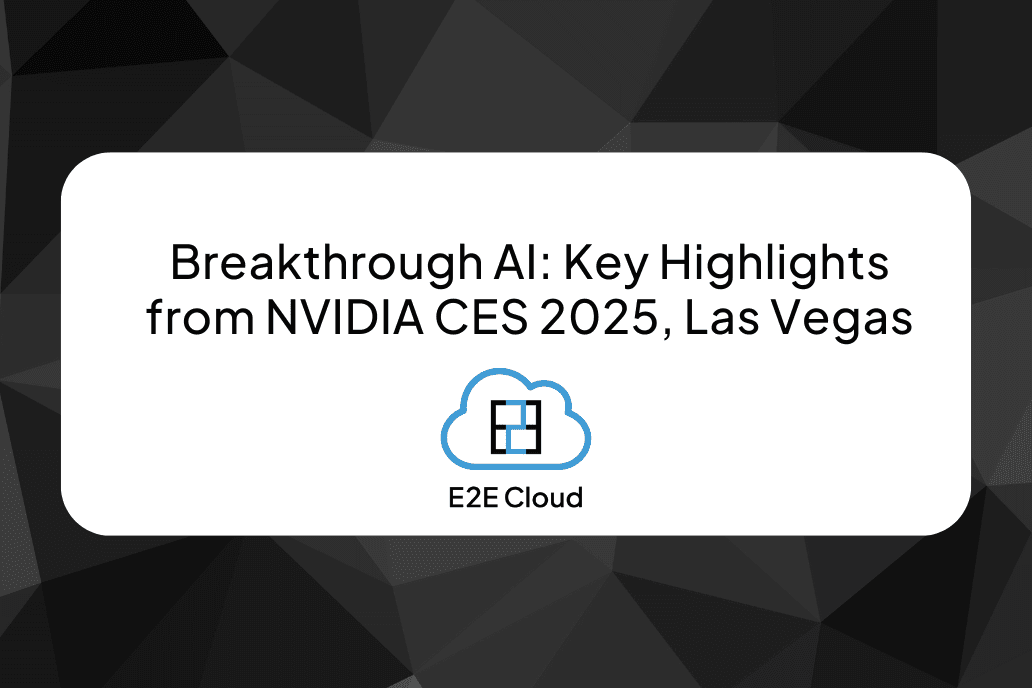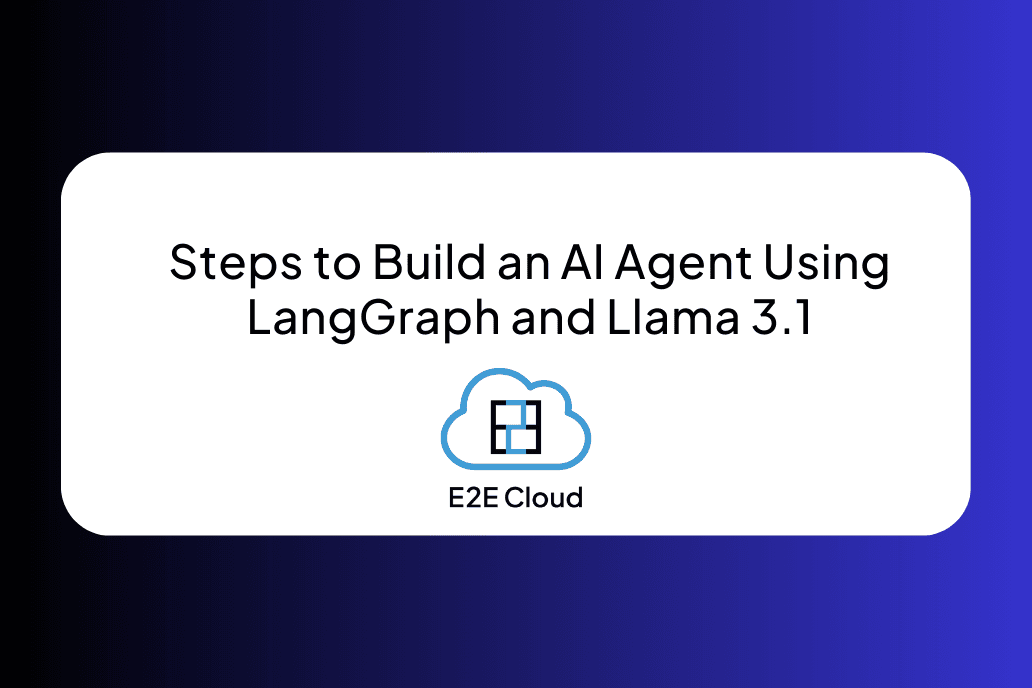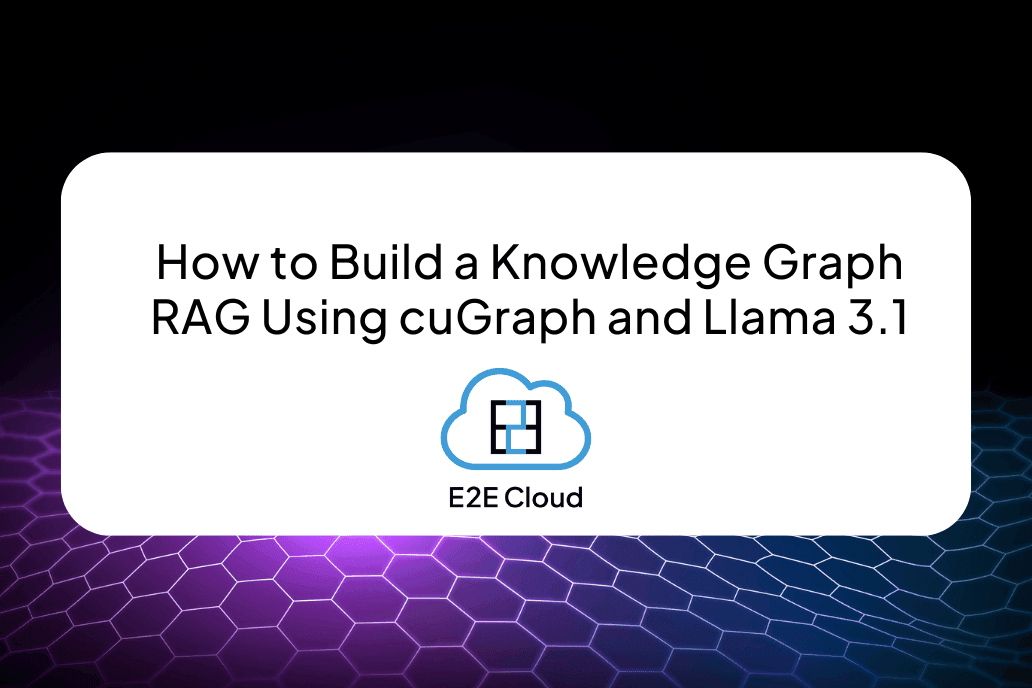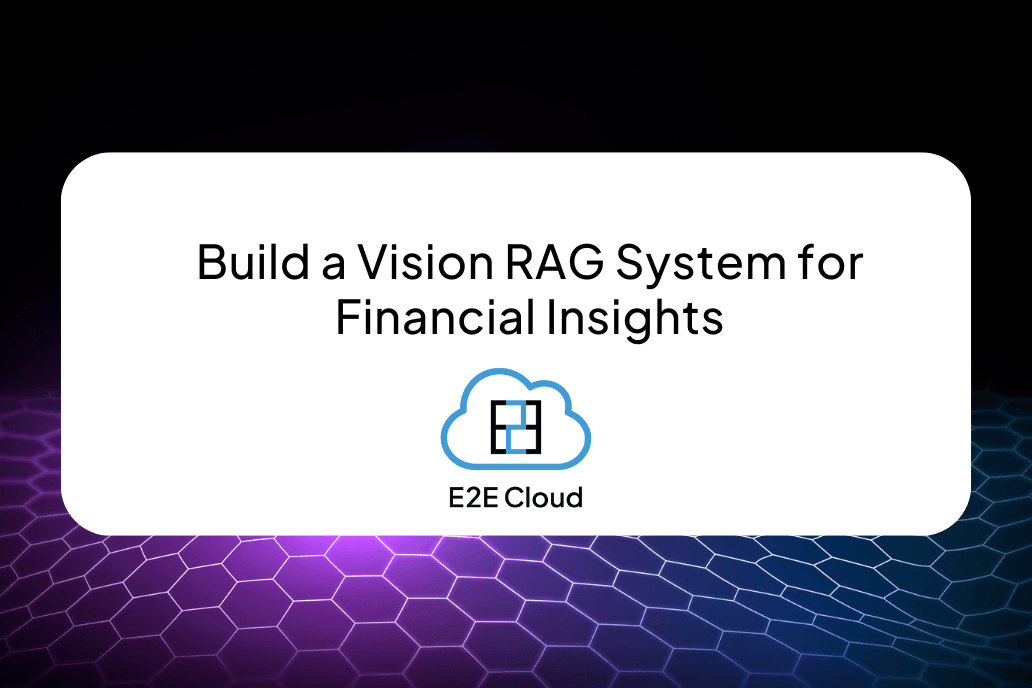The rapid adoption of cloud computing has become the linchpin of digital transformation and innovation for enterprises across the globe. Yet, amid this digital revolution, a pressing concern looms large: safeguarding the invaluable currency of our age, data.
As businesses migrate their operations and sensitive information to the cloud, the need for robust data protection has risen to the forefront. Data encryption has long been the go-to strategy for shielding data during transit and at rest. However, a critical gap remains – data’s vulnerability during processing, where it momentarily sheds its protective encryption cloak. Our Chief Technology Officer, Mohammed Imran K.R., has authored an insightful report in ‘Voice & Data’ magazine. Let’s revisit this important subject based on his expertise.
Data Protection Strategies
Data encryption serves as the cornerstone of safeguarding data, whether in transit or at rest. However, data remains vulnerable during processing when it’s decrypted in memory. This vulnerability has led to the emergence of a groundbreaking solution known as Confidential Cloud Computing (CCC).
Confidential Cloud Computing (CCC)
CCC is an innovative approach to safeguard data during processing, ensuring it remains encrypted and secure throughout. This goes beyond traditional data protection measures by using various technologies, from cryptographic approaches like Homomorphic Encryption to hardware-based methods like Trusted Execution Environments (TEE). Secure enclaves are created to prevent tampering by other software, and Confidential Virtual Machines (CVs) are employed.
Privacy Reinforcement through CCC
‘This capability proves invaluable in industries like healthcare research and supply chain management, where data sharing is critical for future innovation, but has been fraught with privacy concerns.’ - Mohammed Imran K.R.
CCC offers comprehensive data security with end-to-end encryption throughout the data’s lifecycle. It enables secure data sharing and collaboration without exposing underlying data, particularly valuable in sectors like healthcare research and supply chain management. CCC also facilitates privacy-preserving machine learning, allowing collaborative AI model training without revealing individual data points.
CCC’s Transformative Impact on Digital Evolution
‘CCC instils confidence in organizations to utilize cloud computing to its fullest potential. Businesses can process and analyze sensitive data in the cloud without hesitation, which enhances their data utilization, and gives them a way to leverage data which they couldn’t tap into before.’ - Mohammed Imran K.R.
CCC instils confidence in organizations to fully embrace cloud computing, enhancing data utilization and facilitating adoption in industries with privacy concerns. It unlocks potential in sectors such as healthcare and finance by addressing data protection challenges. CCC enables secure collaboration across geographical boundaries, which is critical in research, healthcare, and finance sectors. Moreover, it helps organizations meet stringent data privacy regulations and compliance requirements.
On the Horizon
CCC has the potential to reshape industries, drive innovation, and ensure a more secure and privacy-focused future. It accelerates digital transformation by allowing businesses to confidently embrace the cloud while safeguarding customer and stakeholder privacy. CCC is becoming vital for organizations to remain competitive, trustworthy, and at the forefront of data-driven advancements across various industries.
Partner With Us
Confidential Cloud Computing is a promising technology that enhances data protection during processing, promotes secure collaboration, and supports compliance with data privacy regulations, contributing to a more secure and innovative digital future. Embracing CCC is not just a technological choice but a strategic one that will define the success of businesses in the data-driven era. To fortify your journey into this future of data security and innovation, consider strategic partnerships, such as collaborating with industry leaders like E2E Networks, to ensure cloud safety – and stay at the forefront of this transformative wave.
Reach out to us or schedule a free trial to see us in action.

